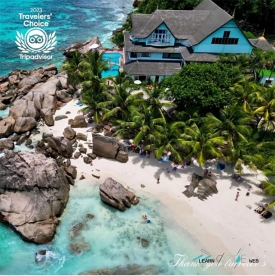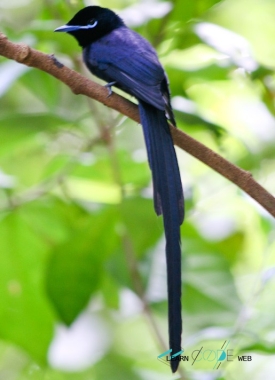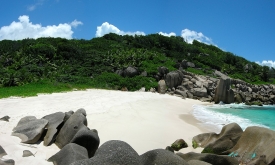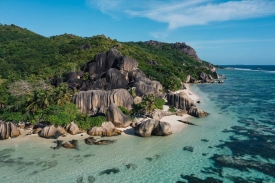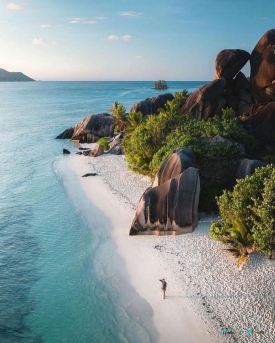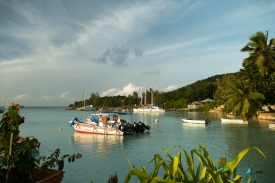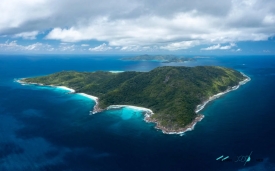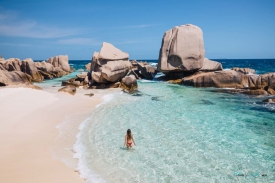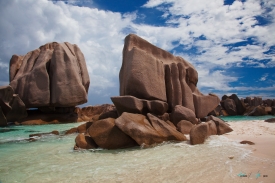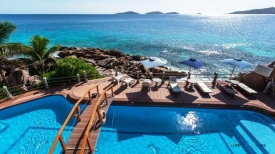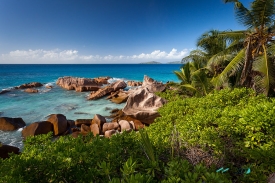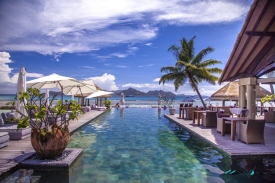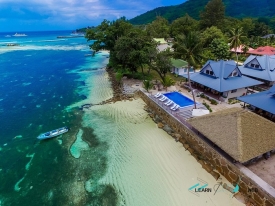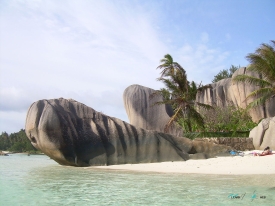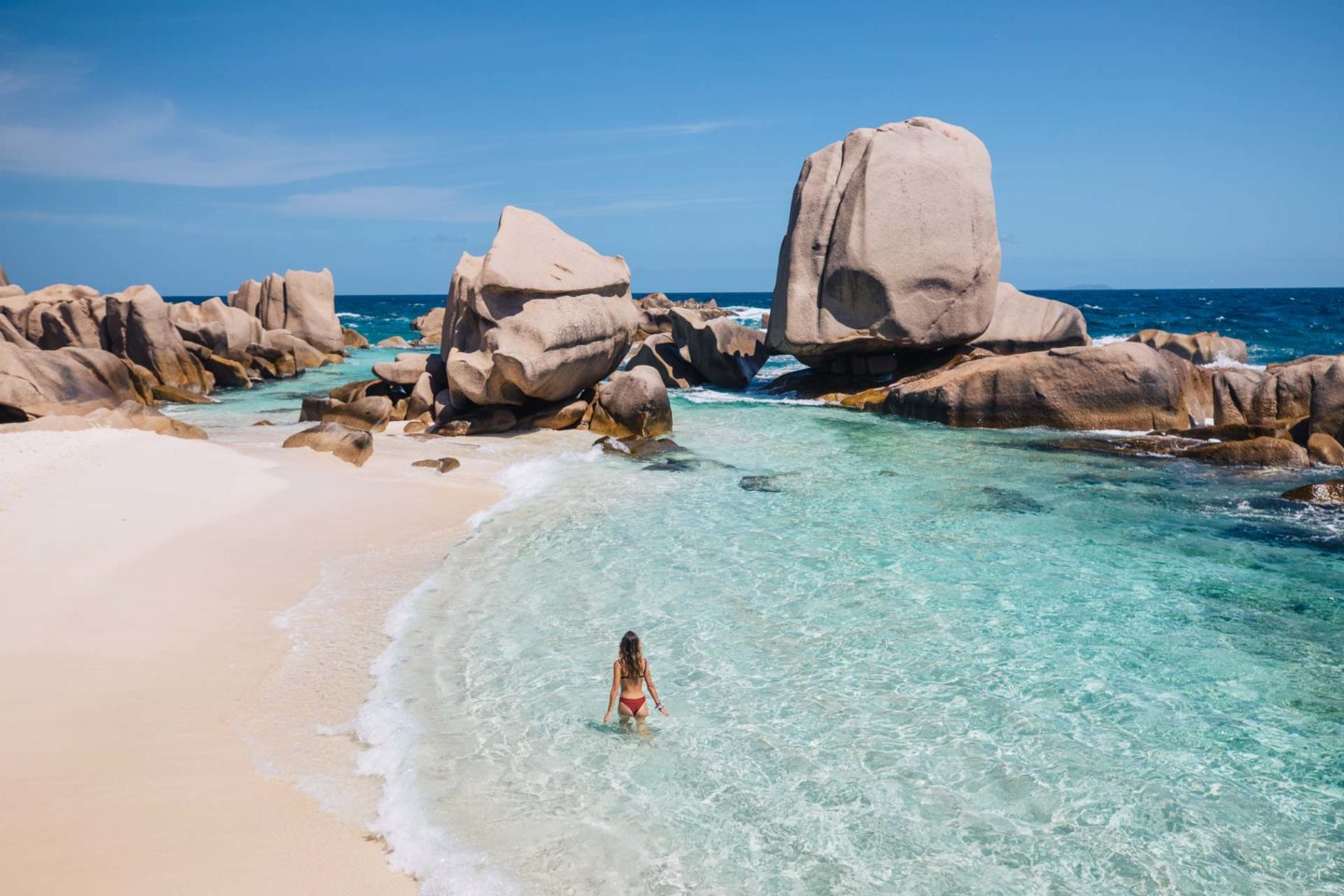
In the vast blue of the Indian Ocean lies La Digue, an island that embodies the very essence of tranquility and natural beauty. As the third most populated island of Seychelles, La Digue serves as a haven for those looking to escape the hustle and bustle of the modern world. With an area of just 10.08 km² and a population of around 2,800 people, this granitic paradise offers an intimate experience that is hard to find in busier destinations.
The history of La Digue dates back to 1742, when it was first sighted by French navigator Lazare Picault. It was not named until 1768. The island has witnessed the arrival of French settlers, freed African slaves, and Asian migrants, whose cultural influence is still felt in the local community. Today, most of La Digue's inhabitants live in the west coast villages, such as La Passe and Anse Réunion, connected by ferry to Praslin and Mahé.
La Digue is a wildlife sanctuary; the Veuve Nature Reserve is home to the critically endangered black paradise flycatcher, with only about a hundred individuals remaining. Additionally, the island has a significant population of giant tortoises, though the original subspecies from La Digue is extinct.
Tourism is the mainstay of the economy. La Digue's beaches, especially Anse Source d'Argent and Grand Anse, are world-renowned for their white sand and granite formations. These beaches offer not only rest and relaxation but also activities like diving and snorkeling, where visitors can explore the rich marine biodiversity, including reef sharks and, occasionally, whale sharks.
However, environmental challenges persist. The introduction of invasive species such as rats and dogs has had a devastating impact on local wildlife. Additionally, the historical manufacture of coral lime by French settlers is believed to have contributed to the degradation of the island’s coral reefs.
For travelers interested in history and culture, the island hosts a museum that commemorates its agricultural past focused on copra and vanilla. Additionally, they can participate in guided tours of the nature reserve or enjoy the hospitality of its numerous guesthouses and hotels.
Visiting La Digue is to immerse oneself in a world where nature and history intertwine palpably. Every step on this island invites reflection on the beauty and fragility of our environment, making La Digue not just a tourist destination but a living testimony to the history and culture of Seychelles.
The history of La Digue dates back to 1742, when it was first sighted by French navigator Lazare Picault. It was not named until 1768. The island has witnessed the arrival of French settlers, freed African slaves, and Asian migrants, whose cultural influence is still felt in the local community. Today, most of La Digue's inhabitants live in the west coast villages, such as La Passe and Anse Réunion, connected by ferry to Praslin and Mahé.
La Digue is a wildlife sanctuary; the Veuve Nature Reserve is home to the critically endangered black paradise flycatcher, with only about a hundred individuals remaining. Additionally, the island has a significant population of giant tortoises, though the original subspecies from La Digue is extinct.
Tourism is the mainstay of the economy. La Digue's beaches, especially Anse Source d'Argent and Grand Anse, are world-renowned for their white sand and granite formations. These beaches offer not only rest and relaxation but also activities like diving and snorkeling, where visitors can explore the rich marine biodiversity, including reef sharks and, occasionally, whale sharks.
However, environmental challenges persist. The introduction of invasive species such as rats and dogs has had a devastating impact on local wildlife. Additionally, the historical manufacture of coral lime by French settlers is believed to have contributed to the degradation of the island’s coral reefs.
For travelers interested in history and culture, the island hosts a museum that commemorates its agricultural past focused on copra and vanilla. Additionally, they can participate in guided tours of the nature reserve or enjoy the hospitality of its numerous guesthouses and hotels.
Visiting La Digue is to immerse oneself in a world where nature and history intertwine palpably. Every step on this island invites reflection on the beauty and fragility of our environment, making La Digue not just a tourist destination but a living testimony to the history and culture of Seychelles.



